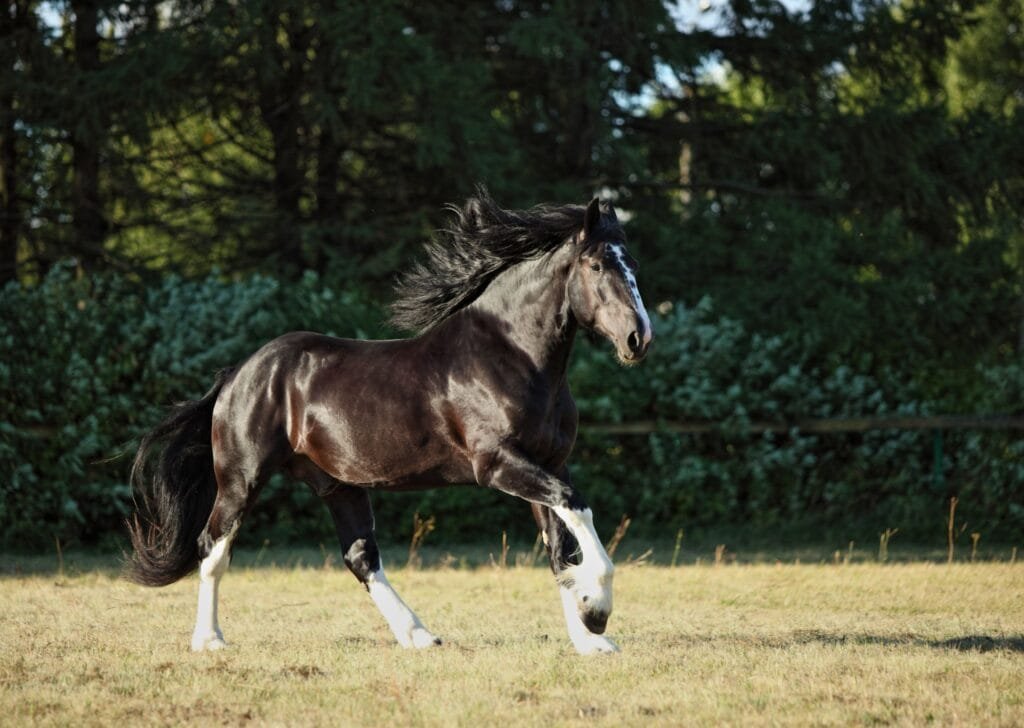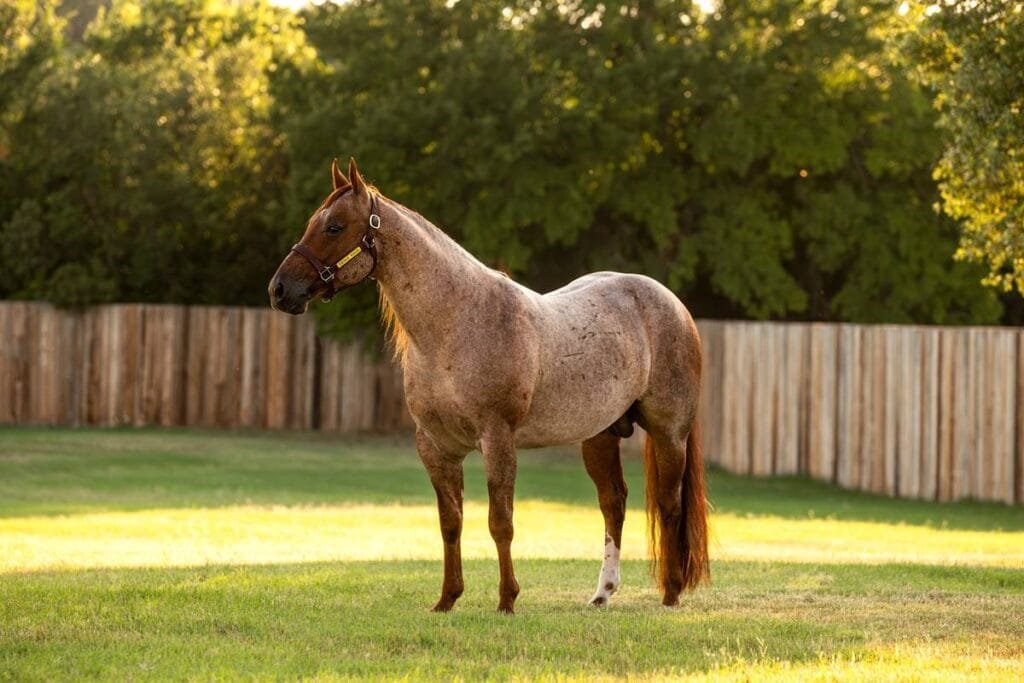The Shire horse, renowned for its impressive size and gentle nature, stands as a symbol of strength and beauty in the world of equines
the Shire horse stands as a testament to human ingenuity and partnership with animals throughout history. From medieval battlefields to modern show rings, its journey reflects the evolution of society and the enduring admiration for its beauty and strength. As stewards of this magnificent breed
History and Origins
The roots of the Shire horse can be traced back to medieval England, where it evolved as a working horse for heavy farm labor and as a warhorse during conflicts. Its name “Shire” refers to the old English term for a county or region, indicating its association with the rural landscapes where it thrived.During the Industrial Revolution in the 18th and 19th centuries, the Shire horse gained prominence as a valuable draught animal, pulling heavy loads in urban environments and powering the burgeoning transportation networks. Their strength, combined with a docile temperament, made them indispensable in hauling goods and passengers before the advent of motorized vehicles.
feature details
| Feature | Description |
|---|---|
| Origin | England |
| Height | Typically 16 to 18 hands high (64 to 72 inches); can exceed 19 hands |
| Weight | Around 1,800 to 2,400 pounds (800 to 1,100 kg) |
| Coat Colors | Black, bay, gray, chestnut; often with white markings |
| Temperament | Gentle, calm, and friendly |
| Historical Uses | Heavy farm labor, transportation (especially during the Industrial Revolution), warhorse |
| Modern Uses | Show horse, promotional and ceremonial roles |
| Conservation Status | Vulnerable; efforts to maintain genetic diversity and promote sustainable uses |

Uses and Adaptations
While mechanization reduced their role in agriculture and transportation during the 20th century, the Shire horse found new avenues for its talents. Today, they are prized as show horses, participating in competitions that highlight their grace and power. Additionally, they are used in promotional and ceremonial roles, representing tradition and heritage at events worldwide.Efforts to preserve the Shire horse as a breed have been successful, with dedicated breeders ensuring that its genetic diversity and historical traits are maintained. Organizations and enthusiasts collaborate to promote responsible breeding practices and educate the public about the breed’s significance in agricultural history.
Colors and Markings
Shire horses are commonly black, bay, gray, or brown. The U.K. breed standard does not allow chestnut colors. And while the horses often have white facial and leg markings, excessive white markings are not desired for the breed.
Diet and Nutrition
Shire horses eat a standard horse diet that includes good quality hay, grain, vegetables, and fruits. They just need a lot more food (and water) than an average-sized horse to maintain a healthy body weight. Some veterinarians recommend high-fat diets to ward off polysaccharide storage myopathy, a condition that can cause spasms in the hind legs.
Grooming
The feathering around a shire horse’s lower legs requires regular brushing and cleaning to avoid skin irritation and infection. It is also important to fully dry the feathering after a bath, as a wet environment can breed bacteria and fungi. Other than that, these horses take standard equine grooming. But you might need a sturdy stool or ladder to reach all the high points on your horse’s body.
Characteristics and Appearance
The Shire horse is easily recognized by its imposing stature and muscular build. Typically standing between 16 to 18 hands high (64 to 72 inches at the shoulder), with some individuals exceeding 19 hands, they are among the tallest horse breeds in existence. Their coats come in various shades, including black, bay, gray, and chestnut, often with white markings on the face and legs.Despite their size, Shire horses are known for their gentle and friendly demeanor.




